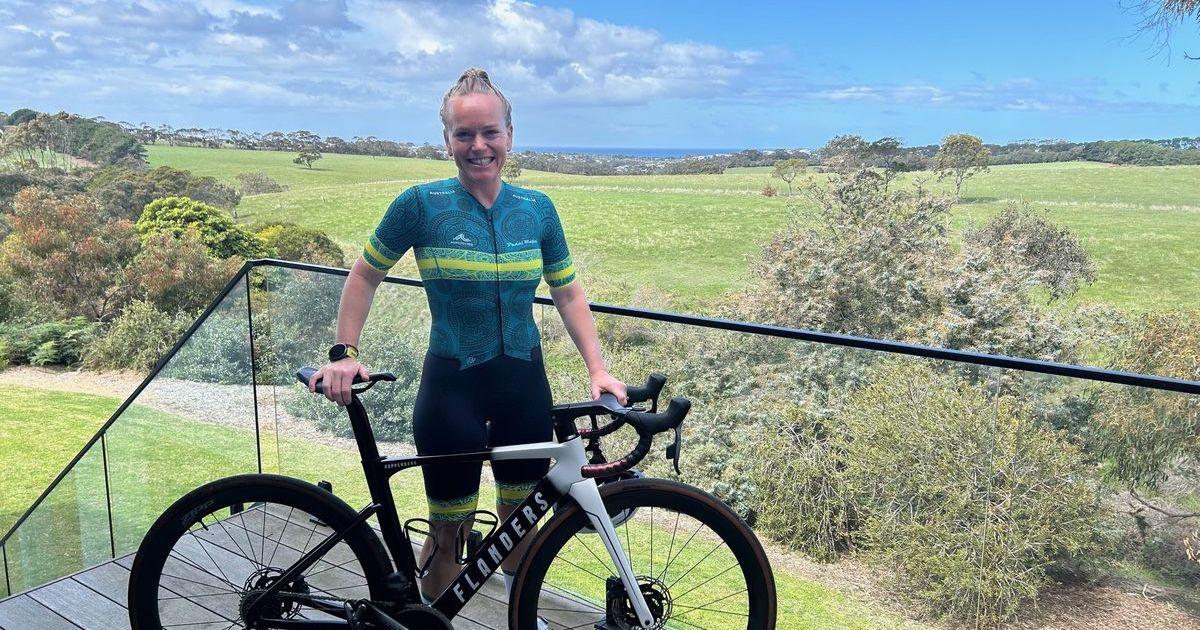Early season promise lifts spirits in Victoria’s farm sector

Rabobank regional manager for Southern Victoria & Tasmania Hamish McAlpin said there was a lot of anxiousness leading up to what was a late autumn break.
THE arrival of a highly anticipated and much needed autumn break has lifted the spirits of farmers across much of Victoria, with sentiment in the state’s rural sector climbing to its highest level since late 2017, the latest Rabobank Rural Confidence Survey has found.
The early-season promise, provided by widespread rains in early May and good follow-up falls since, has seen grain grower confidence outstrip the other surveyed commodity sectors in the state.
But it was the state’s dairy sector which saw the biggest lift in confidence, albeit from low levels, signalling early signs of a recovery in dairy farmer sentiment.
The latest survey found close to a third of Victorian farmers (31 per cent) had a positive outlook on the agricultural economy over the coming 12 months – up from 23 per cent with that view in the previous quarter.
And of those with an optimistic outlook, 64 per cent cited seasonal conditions as a key reason conditions were likely to improve, while commodity prices were nominated by 37 per cent.
That said, there are still a greater number of farmers in the state (at 39 per cent) holding the view that conditions are likely to remain similar to last year, while a further 22 per cent expect them to worsen.
Rabobank regional manager for Southern Victoria & Tasmania Hamish McAlpin said there was a lot of anxiousness leading up to what was a late autumn break, but widespread falls in early May had started to turn the season around, with follow-up received since.
“That said, it remains very dry in east Gippsland, although rain was received in the far-east of the region, with farmers battling drought conditions for the past two years.”
Mr McAlpin said despite the good start to the season, spring rainfall would be critical, with soil moisture levels remaining low at depth following “the extended dry” in many parts of the state.
“With the Wimmera and Mallee receiving virtually no summer rainfall, follow-up falls will be needed to deliver solid yields, but it is certainly a good start, with crops starting to emerge well.”
The heaviest of the falls, he said, were north of the divide, particularly in the upper north-east regions around Corryong and the Kiewa Valley.
“This has seen the catchments for the Murray and Goulburn systems start to wet up and has alleviated the need for temporary water – which spiked around $640 a megalitre a few weeks ago and is now trading around $550 a megalitre – but many rain events will be needed to fill the catchments,” Mr McAlpin said.
Across other commodity sectors, the survey found grain growers to be the most positive about the coming 12 months, while sentiment improved among beef and sheep graziers.

















